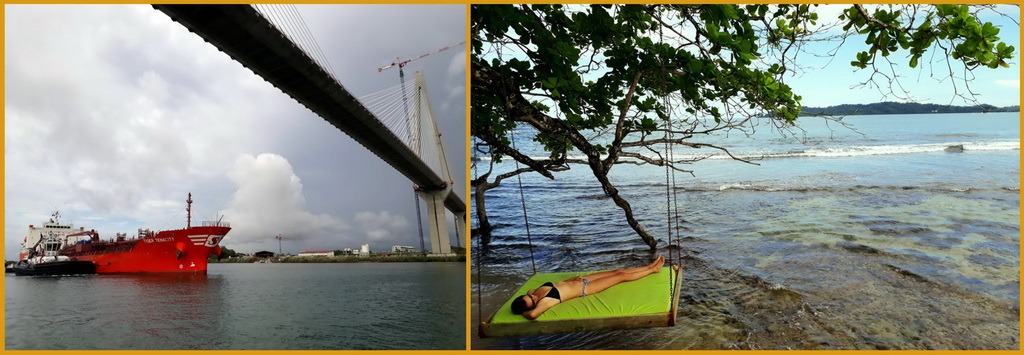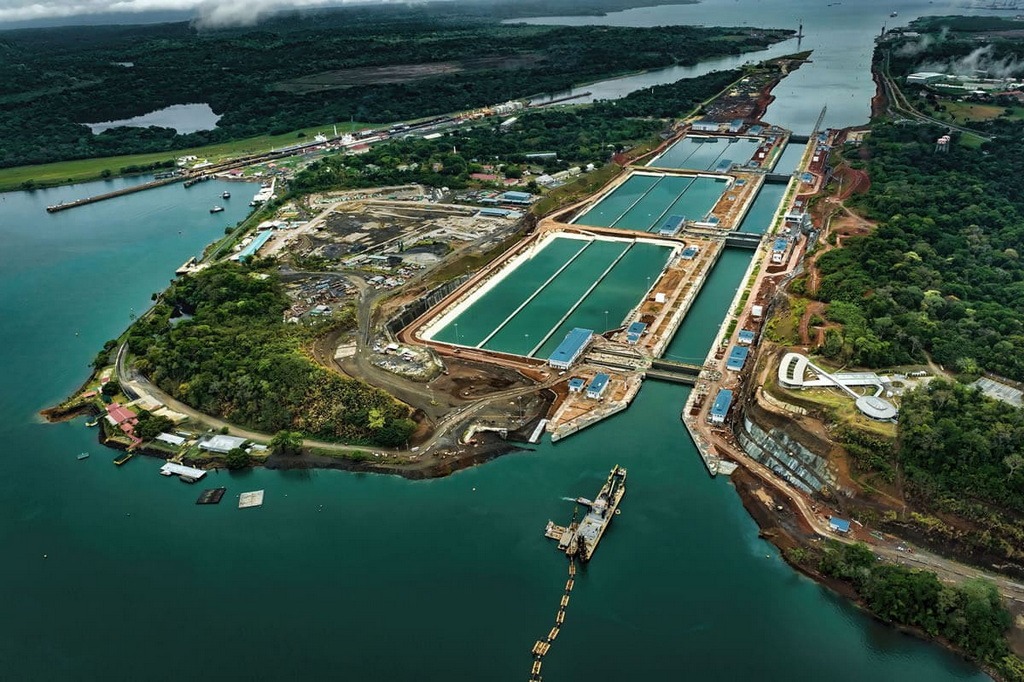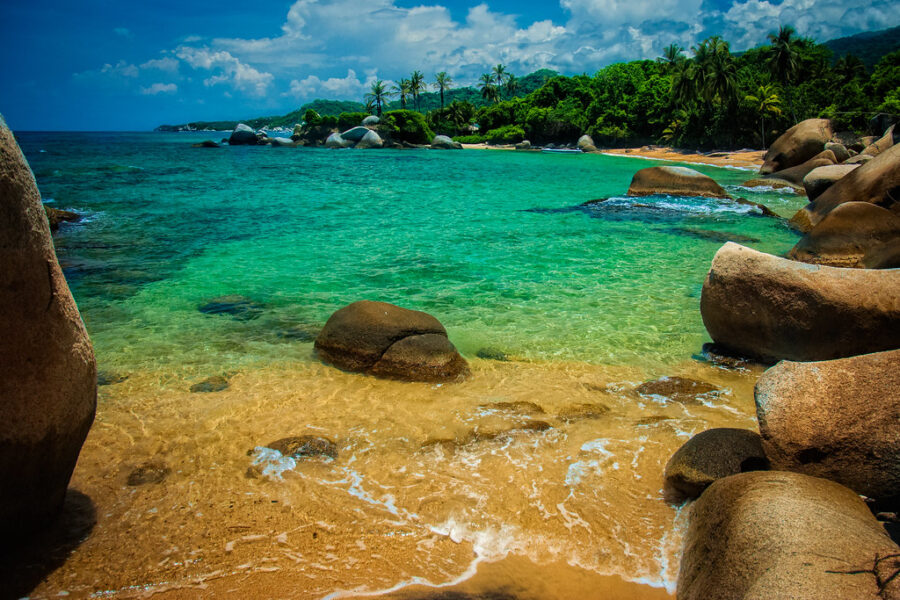The Panama Canal …
Scouting for a forthcoming TV documentary on the Panama Canal, to be broadcast on the North American network, gave us the opportunity to enjoy a unique and grandiose experience in this mythical site of the planet’s great maritime trade.

Casco Viejo – Panama City
The Panama Canal is a maritime canal that crosses the Isthmus of Panama, linking the Atlantic and Pacific Oceans. Its construction was one of the most challenging engineering projects ever undertaken. Since its inauguration in 1914, it has had a considerable influence on maritime trade, as ships no longer need to sail via Cape Horn and Drake’s Passage, at the southern tip of South America. For example, a ship travelling from New York to San Francisco via the canal covers 9,500 kilometers, less than half the 22,500 kilometer journey via Cape Horn.
Our journey began in the Caribbean of Panama, on the Atlantic side. Our sailboat, the Kaleo O Ke Kai (« Voice of the Ocean » in traditional Hawaiian parlance), was waiting for us in the turquoise waters of this earthly paradise to cross the canal to the Pacific and reach the island of Kauai ( Hawaiian Archipelago ).

Caribbean stopovers in Panama
After a few days’ sailing along the Caribbean coast, the entrance to the canal comes into view. In all, the canal is 77 km long, and to cross it, you have to pass through 3 successive locks that raise the ships to a total height of 26 m to reach lakes Gatún and Alajuela. This is followed by a magical crossing of the meandering 2 lakes. At the end of the journey, 3 successive locks bring the ships down to sea level. It’s Lake Gatún, permanently fed by the Chagres River, that powers the ingenious system of locks developed by engineer Gustave Eiffel in 1889.
The largest boats allowed on the canal can measure up to 300 m in length and carry 15,000 containers. They are specially built for the Panama Canal, and are designed to descend 9 meters through the locks without touching the sides of the boat. The locks are 33.5 m wide, and ships can be up to 45 m wide.
An increasing number of ships exceed this size and are called « post-Panamax », and new special locks were installed in 2016 to triple the capacity of container ships (50,000). On average, a cargo ship crossing the canal takes around nine hours. In 2017, over 16,000 ships used the canal, representing a total tonnage of 350 million tonnes and an average of 44 ships per day. In our case, the crossing took around 36 hours, as we were obviously dependent on available space in the locks with the huge container ships.
Our scouting ended in Panama City, after crossing the Bridge of the Americas… For the Kaleo O Ke Kai, crossing the canal was just the beginning of the adventure, as the yacht still has to cover 4,600 miles (7,400 km) to reach the Hawaiian archipelago. As this article is being written, she is in the middle of the crossing, which should take between 30 and 40 days.
A huge thank you to Guillaume Funfrock and Brigitte Deforge for welcoming us on their sailboat and enabling us to experience this crossing of the Panama Canal in ideal conditions…

Arrival in the Pacific and a well-deserved rest…





